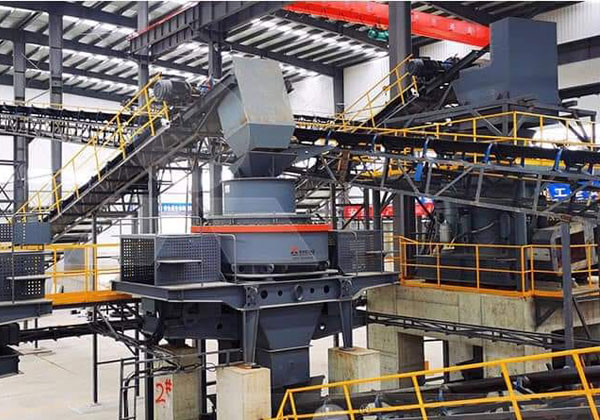Operating a rock crusher safely is critical to preventing accidents and ensuring the equipment runs efficiently. Whether you’re using a jaw, cone, impact, or any other type of crusher, following safety protocols and understanding the equipment are essential for safe operation. Below is a comprehensive guide to operating a rock crusher safely:

1. Read the Operator’s Manual
Before operating a rock crusher, always read and understand the operator’s manual. The manual provides crucial information on proper operation, maintenance schedules, and safety features. Familiarizing yourself with the manufacturer’s recommendations can prevent misuse and potential accidents.
2. Wear Proper Personal Protective Equipment (PPE)
Operators must wear the appropriate PPE to minimize the risk of injury. This includes:
- Safety glasses to protect eyes from flying debris.
- Hard hats to prevent head injuries from falling rocks or equipment.
- Hearing protection as crushers can generate high noise levels.
- Steel-toed boots to protect the feet from heavy machinery or materials.
- Gloves to safeguard hands from sharp edges or vibrations.
3. Inspect the Equipment
Before starting any rock crusher, conduct a thorough inspection to ensure everything is in good working order. Check the following:
- Hydraulic systems for leaks or malfunctions.
- V-belts for wear and proper tension.
- Crusher jaws or cones for wear and damage.
- Electrical systems for exposed wires or frayed cables.
- Safety guards to ensure they are securely in place. If any issues are identified during the inspection, address them immediately before starting the crusher.
4. Clear the Area
Ensure the work area around the crusher is clear of unnecessary personnel and debris. Unauthorized personnel should be kept away from the operating area, and everyone should be informed of the potential hazards. Mark off restricted zones with barriers or caution tape.
5. Startup Procedure
When starting the rock crusher:
- Make sure that all safety guards are in place.
- Check that the conveyor system (if applicable) is properly aligned and not obstructed.
- Engage the crusher in the recommended sequence, typically starting with power to the feeder, followed by the crusher’s motor, and then the conveyor.
- Observe the operation closely for any unusual noise or vibration that could indicate a malfunction.
6. Monitor for Proper Operation
Once the crusher is operational, monitor it continuously for the following:
- Excessive vibration which could indicate an imbalance or broken part.
- Unusual noises such as grinding, squealing, or clanking, which may indicate a mechanical failure.
- Temperature readings of the engine and components to ensure they are not overheating.
- Output consistency, ensuring the rock is crushed to the desired size and flow.
7. Avoid Overloading
Never overload the crusher. Overloading can cause the machine to overheat, malfunction, or even break down. Always follow the manufacturer’s guidelines on material feed rates and the maximum capacity of the machine.
8. Maintenance and Lubrication
Regular maintenance is critical for safe operation. Schedule periodic checks to ensure that moving parts are properly lubricated, and replace any worn or damaged components. Adhere to the recommended maintenance intervals provided by the manufacturer. Key areas for maintenance include:
- Crusher jaws or cones should be checked and replaced when worn down.
- Lubrication points to ensure all moving parts are adequately greased.
- Filters and screens should be cleaned regularly to avoid blockages and ensure optimal performance.
9. Shut Down Procedure
When it’s time to stop the rock crusher, follow the proper shutdown procedure to ensure that the machine is safely powered down:
- Turn off the feed to the crusher and allow it to run until all material has been processed.
- Stop the crusher motor and the conveyor system in the reverse order of the startup.
- Clean the area of any material buildup, especially around the crusher and conveyor belts.
10. Emergency Procedures
Operators should be trained in emergency procedures in case of an accident. This includes knowing how to:
- Shut off power to the machine quickly in case of malfunction or fire.
- Use fire extinguishers and first-aid kits if necessary.
- Call for emergency help when needed.
By following these safety protocols, operators can significantly reduce the risk of injury and ensure the efficient and safe operation of rock crushers. Proper training, regular maintenance, and adherence to safety guidelines are essential components of a safe rock-crushing operation.

